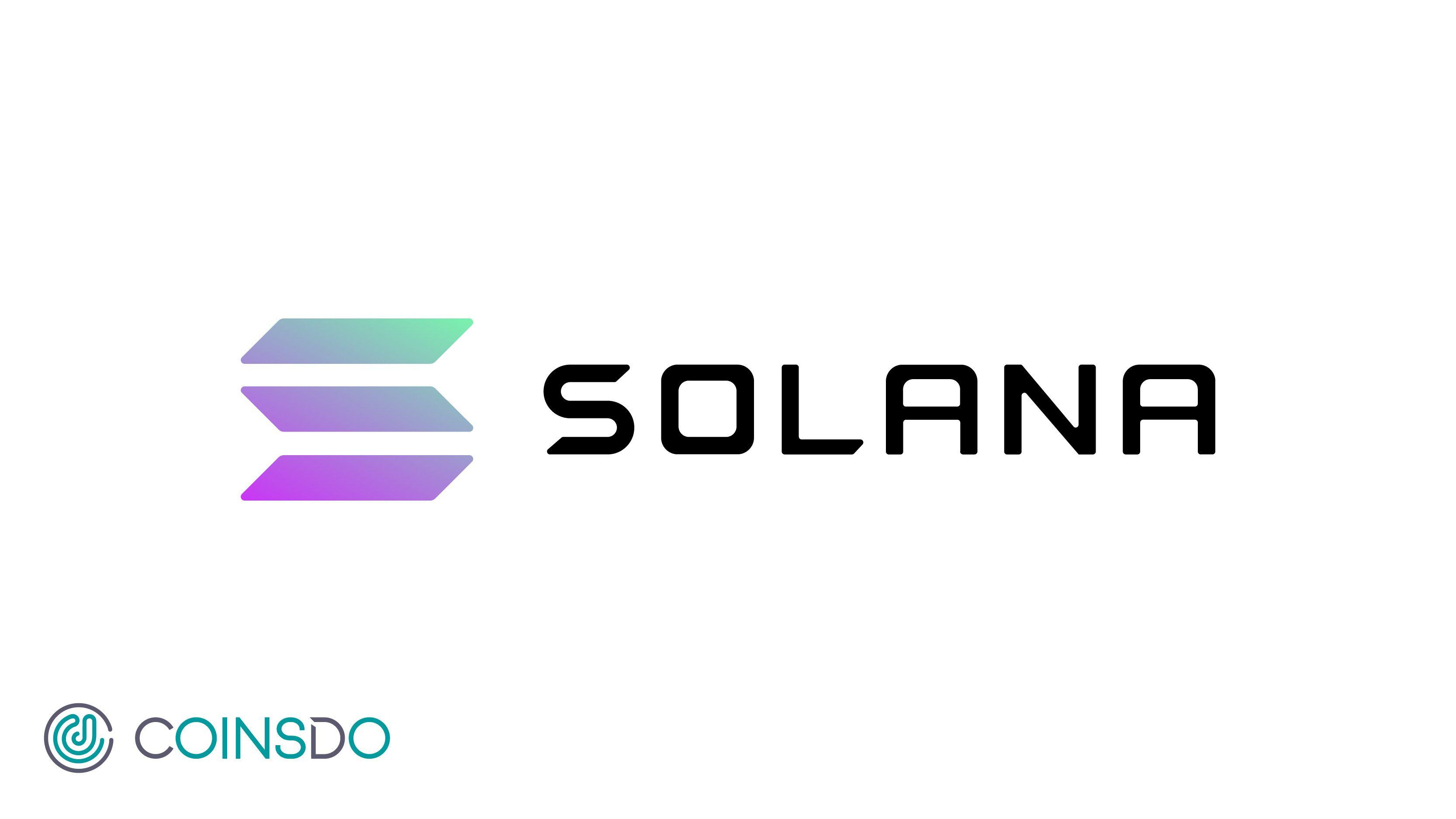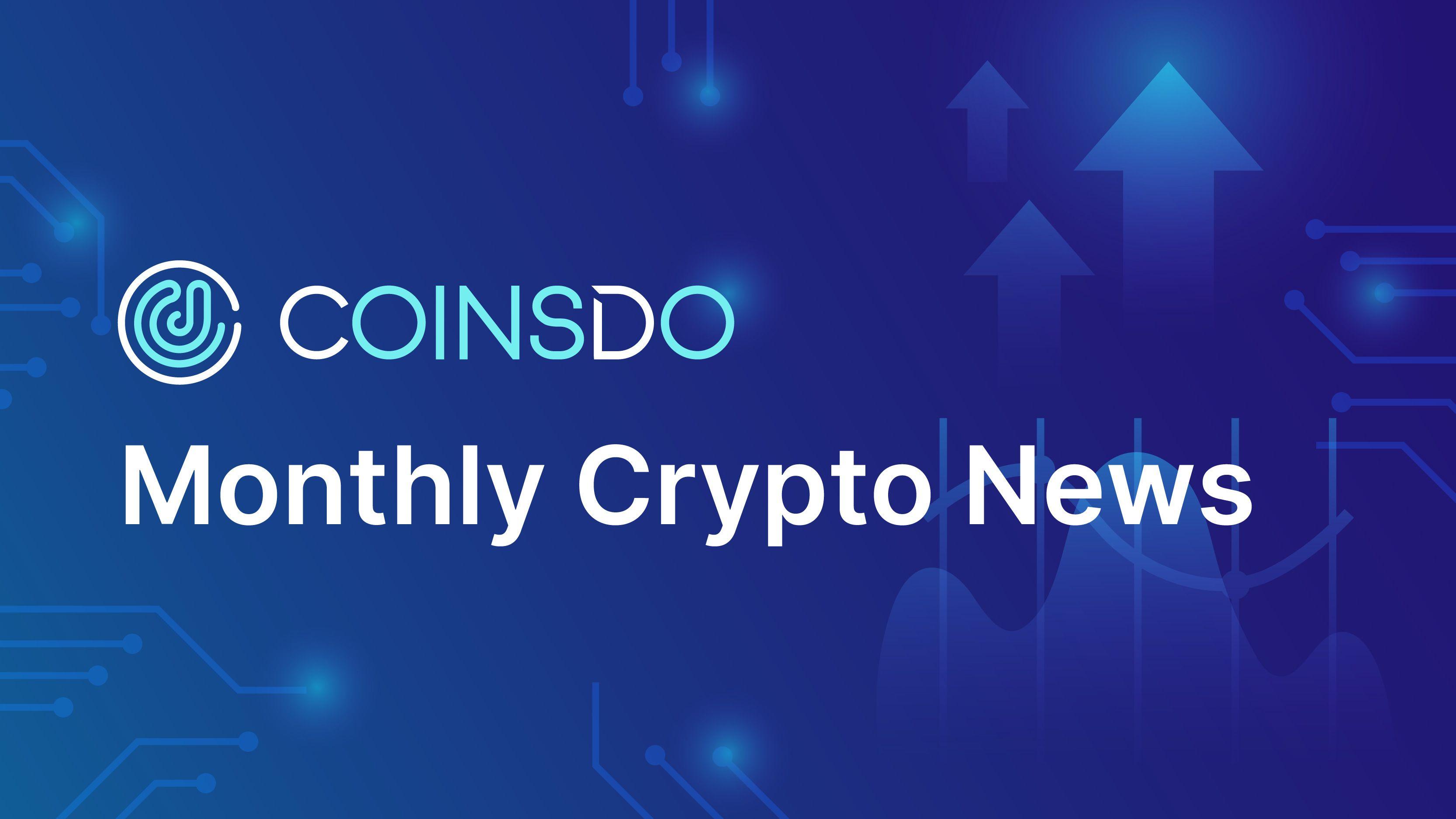
6 min read
What is Solana (SOL)?
Solana (SOL) has garnered significant attention in the cryptocurrency space for its high-performance blockchain capabilities. Known for its speed and efficiency, Solana is often touted as a potential competitor to Ethereum. This article delves into the origins, technology, real-world applications, and future prospects of Solana.
The Genesis of Solana
Solana was created by Anatoly Yakovenko, who published the project's whitepaper in 2017. The mainnet beta launched in March 2020. Yakovenko, a former Qualcomm engineer, aimed to address the scalability issues plaguing other blockchains. Solana's architecture was designed to support high throughput and low transaction costs, making it suitable for decentralized applications (dApps) and decentralized finance (DeFi) platforms.
Solana's journey began with a focus on performance improvements over existing blockchain platforms. Its inception was driven by the need to solve the notorious blockchain trilemma—scalability, security, and decentralization. Solana's innovative approach, leveraging Proof of History (PoH), has positioned it as a formidable contender in the blockchain ecosystem.
Understanding Solana's Technology
Solana's technology stands out due to its unique approach to transaction processing:
Proof of History (PoH)
PoH is a key innovation of Solana that timestamps transactions to establish a chronological order. This system allows for more efficient validation of transactions, enhancing the blockchain’s throughput. By encoding the passage of time, PoH enables Solana to handle more transactions without sacrificing security.
Proof of Stake (PoS)
Complementing PoH, PoS is used for consensus and security. Validators are selected based on the number of SOL tokens they hold and are willing to "stake" as collateral. This combination ensures that the network remains secure and decentralized.
High Throughput
Solana claims to handle up to 65,000 transactions per second (TPS), significantly higher than Bitcoin’s 6-8 TPS and Ethereum’s 12-15 TPS. This capacity is crucial for supporting complex dApps and DeFi platforms that require fast and reliable transaction processing.
Low Transaction Costs
The network’s efficiency allows for very low transaction fees, making it attractive for developers and users. This cost-effectiveness is essential for applications that involve high-frequency trading or micro-transactions, where transaction fees can quickly add up.
Network Uptime
Solana boasts a network uptime of 99.94% over the past year, reflecting its reliability. Consistent uptime is critical for maintaining user trust and ensuring that the network can handle large volumes of transactions without interruption.
Real-World Applications of Solana
Solana is not just theoretical; it has practical applications across various sectors:
Decentralized Finance (DeFi)
Solana hosts a multitude of DeFi projects that leverage its high throughput and low transaction costs to offer seamless financial services. These platforms include:
Serum
Serum is a decentralized exchange (DEX) that offers high-speed trading and lower costs compared to traditional exchanges. Built on Solana, it uses an on-chain order book to provide liquidity and facilitate the execution of complex trades. Serum’s infrastructure benefits from Solana's rapid transaction processing, enabling real-time trading without the delays common on other blockchains.
Raydium
Raydium is an automated market maker (AMM) and liquidity provider that integrates with Serum. It offers yield farming, staking, and other DeFi services. By leveraging Solana's efficiency, Raydium can execute trades quickly and at a lower cost, providing users with a more profitable and efficient DeFi experience.
Non-Fungible Tokens (NFTs)
Solana is increasingly popular for NFTs, with several prominent marketplaces and projects:
Solanart
Solanart is a leading NFT marketplace on Solana, enabling artists and creators to mint, buy, and sell NFTs. Solanart takes advantage of Solana's low fees and fast transactions, making it accessible for users and creators alike.
Magic Eden
Another prominent NFT marketplace, Magic Eden, allows users to trade a wide variety of NFTs, including digital art, collectibles, and in-game assets. The platform's integration with Solana ensures that transactions are quick and affordable, which is crucial for the high volume of transactions that occur in the NFT market.
Gaming
Blockchain-based gaming is another area where Solana is making significant strides:
Star Atlas
Star Atlas is a highly anticipated space exploration game that leverages Solana's capabilities to provide an immersive and interactive gaming experience. Players can explore, trade, and battle in a virtual universe, with all transactions and interactions recorded on the Solana blockchain.
Aurory
Aurory is a play-to-earn game that combines elements of traditional gaming with blockchain technology. Players can earn rewards and trade in-game assets as NFTs, benefiting from Solana's fast transaction speeds and low fees. This enables a seamless gaming experience where users can engage in economic activities without the friction of high transaction costs.
SOL is now Supported on CoinsDo
CoinsDo is excited to announce that it now supports transactions on Solana and the related SOL token. This new integration means that CoinGet and CoinSend can now efficiently manage these assets, providing users with a seamless and secure digital asset management experience.
If you're in the market for a reliable, secure, and cost-effective digital asset management system, reach out to us to learn how CoinsDo can empower your business.


